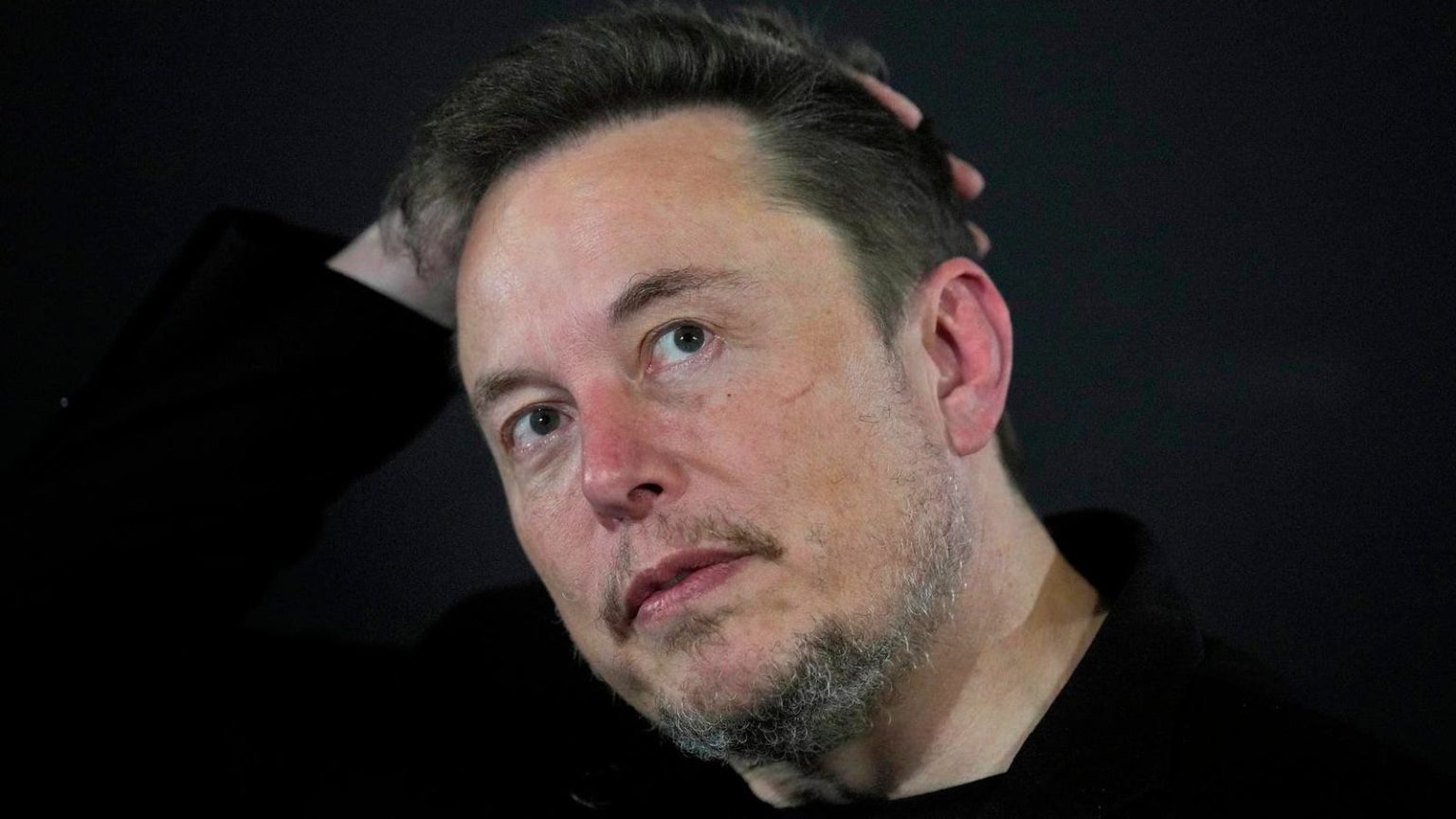Elon Musk made headlines on Thursday announcing that Tesla could begin selling its humanoid Optimus robot by the end of next year, with a prediction that this could drive the carmaker’s valuation to $25 trillion. The ambitious claim, while within the realm of possibility, is unlikely to generate profit for the company in the near future. Musk’s pathologically optimistic nature and history of bold claims have raised questions about the feasibility of this timeline.
The development of Optimus is still ongoing, with production scheduled to start next year. Musk believes Tesla is well-positioned to mass-produce the bots and sees them as the company’s most valuable asset, potentially increasing Tesla’s market capitalization significantly. However, experts have raised concerns about the practicality of Optimus and the challenges associated with its functionalities.
Animesh Garg, an AI robotics professor, acknowledges that Musk’s timeline is aggressive yet realistic but questions the practical use and robustness of the skills that Optimus will possess. While others, such as roboticists Jonathan Aitken and Christian Hubicki, believe that Musk’s timeline may be overly ambitious, they acknowledge that advancements in AI could drive progress in the field of humanoid robotics.
The widespread adoption of humanoid robots in the real world faces numerous challenges, including issues of reliability, hardware fragility, and the ability to perform tasks with precision and efficiency. Experts emphasize that humanoids must be reliable and productive to be truly useful in industrial settings and other practical applications.
While Elon Musk envisions Optimus surpassing Tesla’s other products in value, experts suggest that this scenario is unlikely to materialize in the near future. Humanoid robots face significant hurdles in terms of generating revenue and competing with established players in the robotics industry. The lack of a compelling use case, compared to technologies like driverless cars, may hinder the widespread adoption of humanoids.
Critics like analyst Gordon Johnson have dismissed Musk’s claims as absurd, labeling them as a “pipe dream stock pump” with no tangible product to back them up. Despite Musk’s ambitious projections, the feasibility and practicality of Optimus and humanoid robots in general remain a topic of debate within the robotics community. With the global market for humanoid robots predicted to reach $6 billion by 2030, the future of this technology is uncertain, and its potential impact on industries like automotive manufacturing is still unclear.


